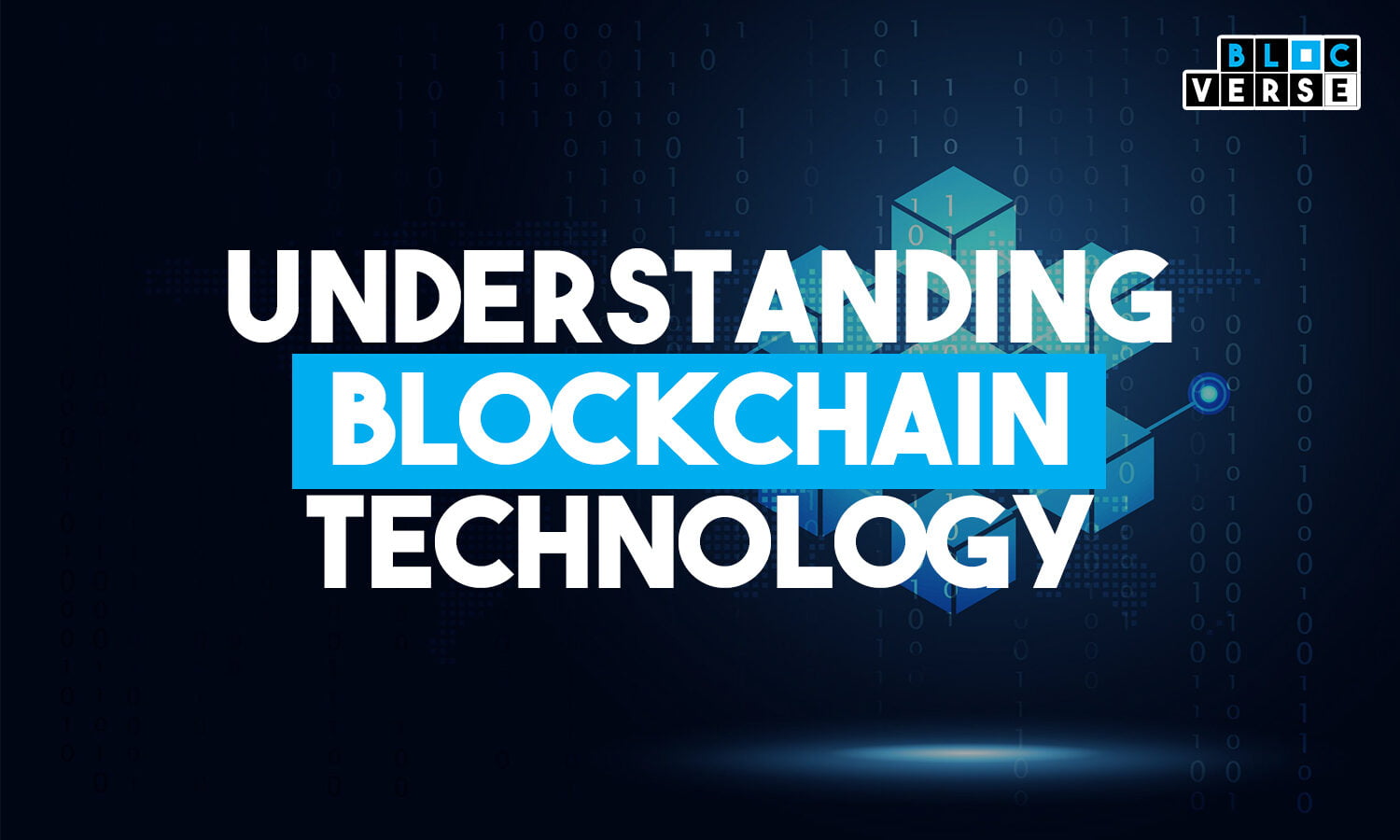UNDERSTANDING THE BLOCKCHAIN TECHNOLOGY
- BLOCKCHAIN TECHNOLOGY
- BLOCKS
- HASH
- KEY ENCRYPTION
- NETWORK CONSENSUS
- PROOF OF WORK
INTRODUCTION
So it’s no news that even with the new wave of blockchain and the almost too good to be true crypto world and all other related issues, we cannot completely rule out the margin of people who still have no idea what all that gibberish is about.
Understanding BlockChain Technology is quite tricky but doable.
Well, not to worry, there are always those points that break us through and yes, your guess is right.
This is the point!
This article is targeted at clearing out the cobwebs and breaking down the technology behind blockchain in segments to enhance easy assimilation.
Who knows?
By the end of this post, blockchain would not be as cumbersome as it appeared.
BLOCKCHAIN TECHNOLOGY
Blockchain technology is a new class of technology that combines cryptography and distribution. A set of protocols and cryptographic methods that allows a network of computers to work together towards achieving a secured data record within a shared open database.
A module where a network of computers collaborates towards maintaining a shared and secured database.
The continuous growth of data blocks that are linked and secured by cryptography.
As the name implies, Blockchain is a string of blocks, with each block containing data encrypted in codes and given a name: Hash.
This technology is built so that there is no sole or principal owner, rather there’s an even ledger distribution among the networks and this further explains why no command in the coding of the database can be carried out without the uniform agreement of all the users in the network.
Blockchain is a connection of blocks in a specific system.
They can be centralized or decentralized system and it is basically coded in a computer system.
To further understand this concept, we would take the components in bits.
BLOCKS
This refers to a series of blocks of data that are secured and linked together. New blocks are made as participants create new data or rather update existing data.
Each block is given a hash value which serves as an identifier of data in a block.
These blocks are linked to each other by the hash values which follow an order of coding.
HASH
A hash is unique to a document and regardless of the volume, magnitude, or type of data, it is compressed into a sixty-four (64) character secured hash.
The hash value cannot be recreated or modified after the first creation and the value of the next block is dependent on the previous.
In a similar manner, data already encrypted cannot be altered without the consent of all other subsequent blocks.
Data once is written into the database, it is almost impossible to change, edit or modify. Data stored on the blockchain is generally incorruptible.
KEY ENCRYPTION
This is a security measure in blockchain that involves the use of keys to secure the database. A public key is a long random string of numbers that represents the address on a block.
A private key is a password that gives an owner access to their digital assets and allows for interaction with the corresponding datum.
These keys are associated with each other and for effective security, the private key should be kept private and the public key openly distributed for access to designated users.
So in practical terms, the public and private key policies are what goes on when receiving and sending coins to wallets. To receive coins, a software called the wallet is used and it creates a public key which you openly distribute/ send across while you employ the use of your private key to access the address with the bitcoin on it.
NETWORK CONSENSUS
Due to the nature of blockchain technology which is a distributed system, there is no centralized organization that manages and organizes entries of data on the database.
It is maintained by a large number of computers that are incentive to provide computing resources by earning tokens in exchange.
Though, the nodes and networks cannot be trusted individually. Hence, a system provides a form of the mechanism of consensus that does not require individual trust but follows the mechanism flow that conceives their consensus.
These minor computers are connected to each other and can perform the task of validating and relaying transactions.
A copy of the blockchain is automatically downloaded on the computers upon joining the network.
Consensus algorithm refers to the behavioral pattern of codes and the whys. The algorithm solves the byzantine problem in the network chain.
We have the Proof Of Work and the Proof Of Stake as the main types of the consensus algorithm.
PROOF OF WORK
This is a system that employs a trivial but reasonable amount dose of effort usually by requiring computer processing time.
The Proof Of Work is the algorithm for bitcoin technology while the Proof Of Stake is the algorithm for Ethereum technology.
This is usually a challenge that no network on the block can completely consistently solve more than anyone else on the network.
Miners compete to add the next block in the chain by racing to solve the cryptographic puzzle.
When successful, the miner is rewarded by new bits of bitcoins on the chain.
In summary, the blockchain is built to possess
Natural Trust > Tamper Proof > Shared Data > Transparent > Resilient


[…] Click to read: Understanding Block Chain Technology […]